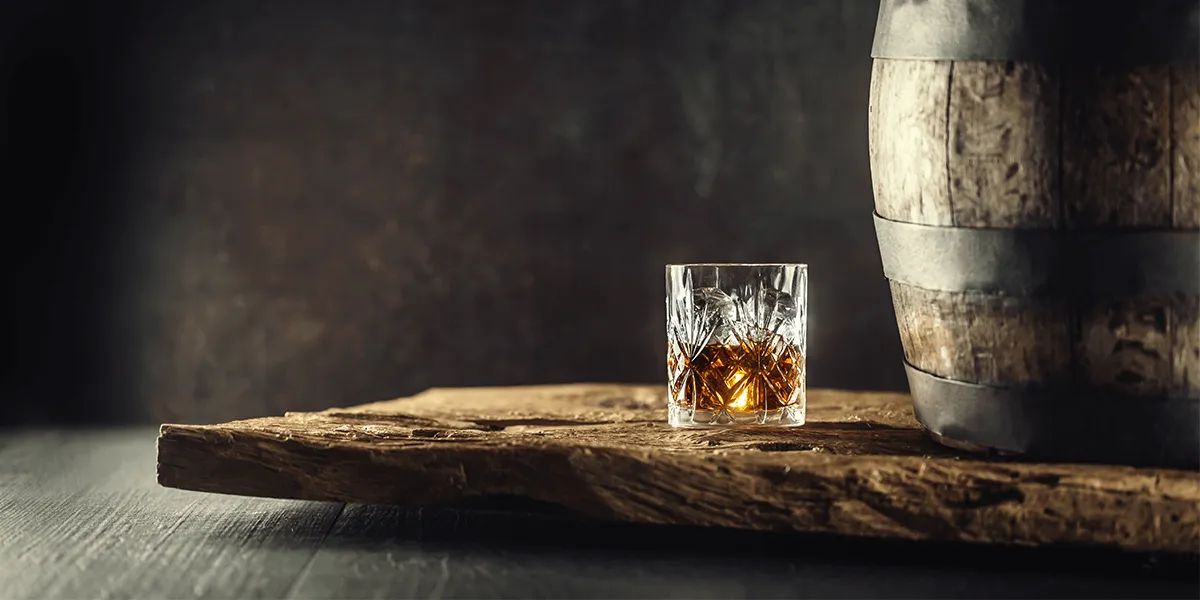
The Science of Whisky Ageing: How Maturation Impacts Investment Value
Introduction
Whisky has long been known as “liquid gold” due to its unique flavour profiles and the intricate ageing process that transforms raw ingredients into the complex spirits we know and love. As a result, whisky has become a beverage of choice for connoisseurs and a sought-after investment for collectors and enthusiasts alike. This article will dig deeper into the science behind whisky ageing and its impact on investment decisions, exploring the factors contributing to these spirits’ optimal maturation.
The Science of Whisky Aging
Whisky ageing is a complex process that involves a delicate interplay between the raw ingredients, the wooden casks, and the environment in which the spirit is matured. During maturation, whisky undergoes a series of chemical reactions that give rise to its distinct aroma, flavour, and colour. These reactions are influenced by various factors, including:
- Barrel type: The wood used for the cask is crucial in ageing. Oak barrels are the most common choice for maturing whisky due to their porous nature, which allows the spirit to breathe and interact with the wood. The wood imparts unique flavours and characteristics to the whisky, such as vanilla, caramel, and spice notes.
- Barrel size: The size of the cask influences the surface area of whisky in contact with the wood, which affects the rate at which flavours are extracted from the wood. Smaller barrels generally result in a faster maturation process. In comparison, larger barrels can lead to a slower, more gradual development of flavours.
- Environment: The environment where the whisky is stored also plays a significant role in the maturation process. Temperature, humidity, and atmospheric pressure can impact the rate of evaporation and the interaction between the spirit and the wood. For instance, whiskies aged in cooler climates tend to mature more slowly. In contrast, those aged in warmer temperatures can mature more rapidly.
- Time: Time is a critical factor in the ageing process. It allows the whisky to undergo the necessary chemical reactions to develop its unique characteristics. The length of maturation varies depending on the desired flavour profile and the type of whisky being produced. While some whiskies can be considered mature after just a few years, others may require decades of ageing to reach their full potential.
Impact of Whisky Aging on Investment Decisions
Understanding the science behind whisky ageing is crucial for investors capitalising on this liquid gold. By considering the factors that contribute to the optimal maturation of whisky, investors can make informed decisions about whiskies to invest in and when to sell or consume their investments. Some critical considerations for whisky investors include:
- Rarity and exclusivity: Whiskies with a unique maturation process, such as those aged in rare or unusual casks, can excite investors due to their exclusivity and potential for higher returns. Additionally, limited edition releases and whiskies from closed or lesser-known distilleries can also command a premium in the market.
- Age statement: While age is not the only quality indicator, older whiskies tend to be more valuable due to scarcity. Also, the perception is that they offer a more complex and nuanced flavour profile. Investors should be aware, however, that not all whiskies improve with age, and some may peak at a certain point before their quality begins to decline.
- Storage conditions: Proper storage is essential for maintaining the quality and value of a whisky investment. Investors should ensure that their whiskies are stored at a consistent temperature, in a cool, dark environment, and at humidity levels to preserve the integrity of the spirit and prevent spoilage or degradation.
- Market trends: Keeping a close eye on market trends is crucial for whisky investors. It allows them to identify up-and-coming distilleries or styles that may yield future returns. Investors should also be mindful of fluctuations in consumer preferences, as changes in taste can significantly impact the value of certain whiskies.
- Diversification: As with any investment, diversification is critical when building a whisky portfolio. Investing in a range of whiskies with varying ages, cask types, and distilleries can mitigate risk and potentially capitalise on different market trends.
- Exit strategy: Whisky investors should consider their exit strategy when building their portfolio. This may involve selling their whiskies at auction, through specialised retailers, or privately to collectors. Investors should be aware of the costs associated with each method and the potential impact of taxes and regulations on their returns.
- Patience and timing: Whisky investing requires patience, as the optimal maturation period for each whisky may vary. Investors should be prepared to hold onto investments for an extended period to allow the whiskies to reach their full potential. When it comes to exiting, timing is crucial, as market conditions and trends can significantly impact the value of a whisky.
Conclusion
The science behind whisky ageing is a fascinating and complex process that plays a significant role in the value and appeal of these spirits. By understanding the contributing factors of the optimal maturation of whisky, investors can make informed decisions about which whiskies to invest in and when to sell or consume their investments. With careful consideration of factors such as rarity, age, storage conditions, market trends, diversification, and exit strategy, investors can navigate the world of whisky investing and potentially capitalise on the liquid gold market.
